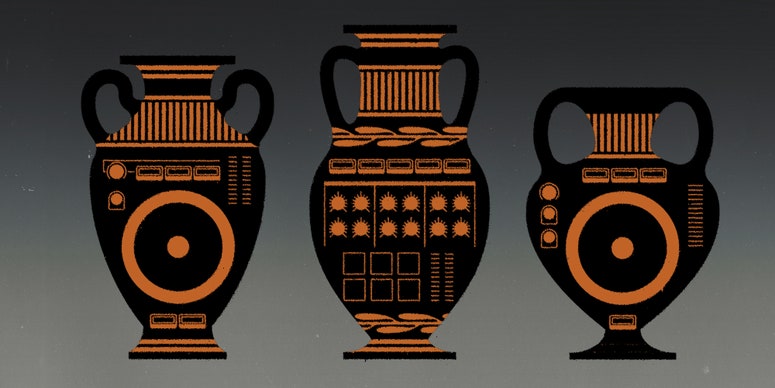To the inhabitants of Menorca, a small Mediterranean island with a heavily agrarian identity, the parenòstic, or farmers’ almanac, dispenses ancient wisdom with a sprig of oracular foresight. Its pages offer a compendium of long-range weather forecasts, phases of the moon, guidance on when to plant and when to prune—when, even, to slaughter pigs, chop firewood, or cut hair. Its history reaches back to at least the 17th century, but in modern times, the dog-eared text has been updated to encompass saints’ days, hunting seasons, recipes, horoscopes, poems, and advertisements for local businesses. The word parenòstic—a portmanteau that fuses parenostre (“our father,” i.e. He who art in Heaven) with pronòstic, a Catalan word for “prognosis” or “prediction”—appears to be used principally in the Balearic islands. That insularity surely appealed to the Menorcan singer, songwriter, and scholar Anna Ferrer, who borrowed the term for an album in defense of the island’s folkloric traditions.
Parenòstic began as a solo performance co-produced with the heterodox flamenco musician Niño de Elche: a minimalist set piece featuring little more than Ferrer playing keyboard or guitarrón beneath stark illumination, with all emphasis on her repertoire and her stunning voice. The album maintains the show’s unadorned feel and intimate mood. Ferrer’s songs are heavily rooted in local tradition: Some come from religious festivals, others were passed down by generations of farmers working in their fields. Some can be heard in everyday island life even today, while others she discovered while digging through dusty archives.
Most are sung in Menorquí, the local language, kin to Catalan, though a few are in Spanish. (One song, “Son tus ojos dos puñales,” interpolates a stanza from “La Llorona,” a song made famous by the iconic Mexican singer Chavela Vargas, with a local folk melody, illustrating the cross-pollination to which even the most deeply rooted traditions are susceptible.) But even listeners with no grounding in Balearic idioms or culture may be captivated by the eerie beauty of these intensely focused performances. Ferrer needs nothing more than her subtle, smoky voice and a single instrument—sometimes not even that; the liturgical “Heu” is sung a cappella, fleshed out with multi-tracking and cathedral reverb—to hold her audience rapt.
